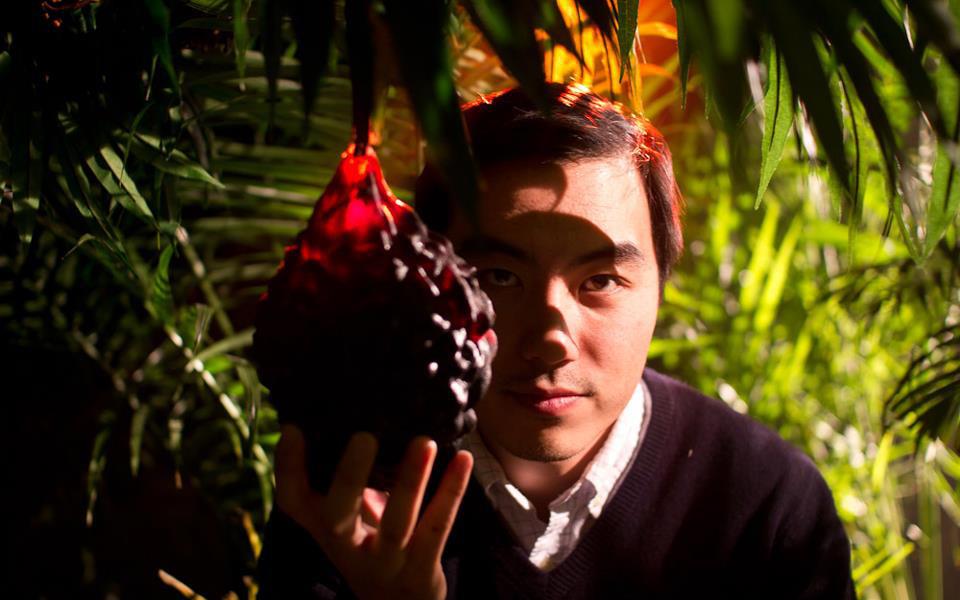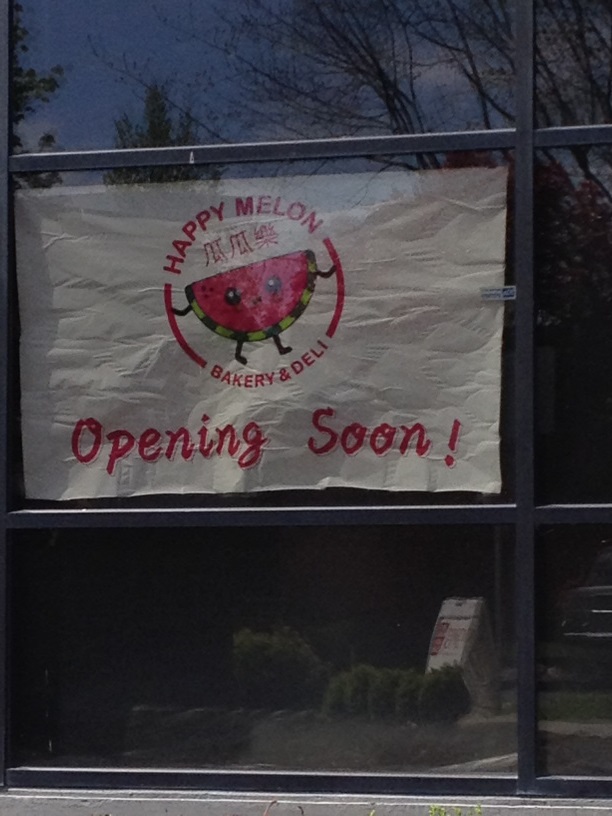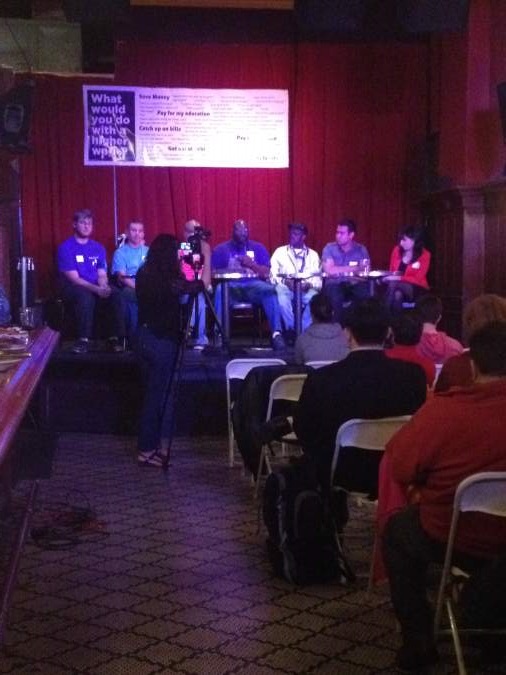For residents of Washington, D.C., such as the writer who chronicled Uber for The Atlantic‘s current issue, the new on-demand sedan service is handy because its drivers are willing to venture into low-income neighborhoods when called. But in Seattle, the company is gaining a foothold with restaurantgoers.
“We’ve had restaurants reach out to us,” says Jen Joyce, who manages the Seattle branch of Uber, which is active in nine major U.S. cities. “They want to extend the service they’re giving, instead of having diners go into the street and flag down a cab.”
Uber is a digital mashup of traditional taxiing and private car services. Launched in San Francisco in 2010, the concept connects riders with drivers in ways that wouldn’t have been possible before the smartphone era. With Uber, prospective riders set up an online account with credit-card information. They’re then granted access to a smartphone app showing the nearest available drivers and how long it would take for them to reach the pickup location. All it takes is a click to summon a car, and the order is immediately confirmed via a text message introducing the driver by name and star rating.
I recently used Uber and didn’t have any trouble appreciating its charms. I didn’t have to worry about whether I had cash in my wallet, since the gratuity-included fare was automatically charged to my credit card. It took me about 12 minutes to reach Capitol Hill’s Skillet Diner from Madison Street and Western Avenue. Unlike most livery services, Uber charges by time or distance, depending on how quickly the car is moving. My trip cost $15, a price steep enough for me to sympathize with complaints that Uber is skimming wealthy passengers from the taxi pool, creating hardships for cab drivers struggling to pay the bills.
Uber’s drivers, however, aren’t complaining. Mine told me he feels much safer traveling without cash, and likes that Uber allows him to rate passengers. Riders who receive extremely low ratings, such as the backseat fistfighters he recently transported, are banned from the system.
Joyce says Seattle has been very responsive to the Uber concept. “We’re a steady climb, but it’s definitely growing,” Joyce says.
The company’s pushing growth by partnering with restaurants in Belltown and Capitol Hill. Earlier this year, Manhattan Drugs’ Facebook page promoted a free-ride code, and a recent distillers’ dinner at Spur included transportation by Uber. Joyce says Uber has also distributed $10 discount cards for restaurants to slip into check presenters. The card is a conversation starter, she says.
She especially likes the conversations which unfold along the lines of a tweet she recently forwarded me. During Restaurant Week, a Mistral Kitchen diner tweeted, “Restaurant calls cab for us, no show. Calls again, still no show. I summon @Uber_SEA, showed up inhraskin@seattleweekly.com








